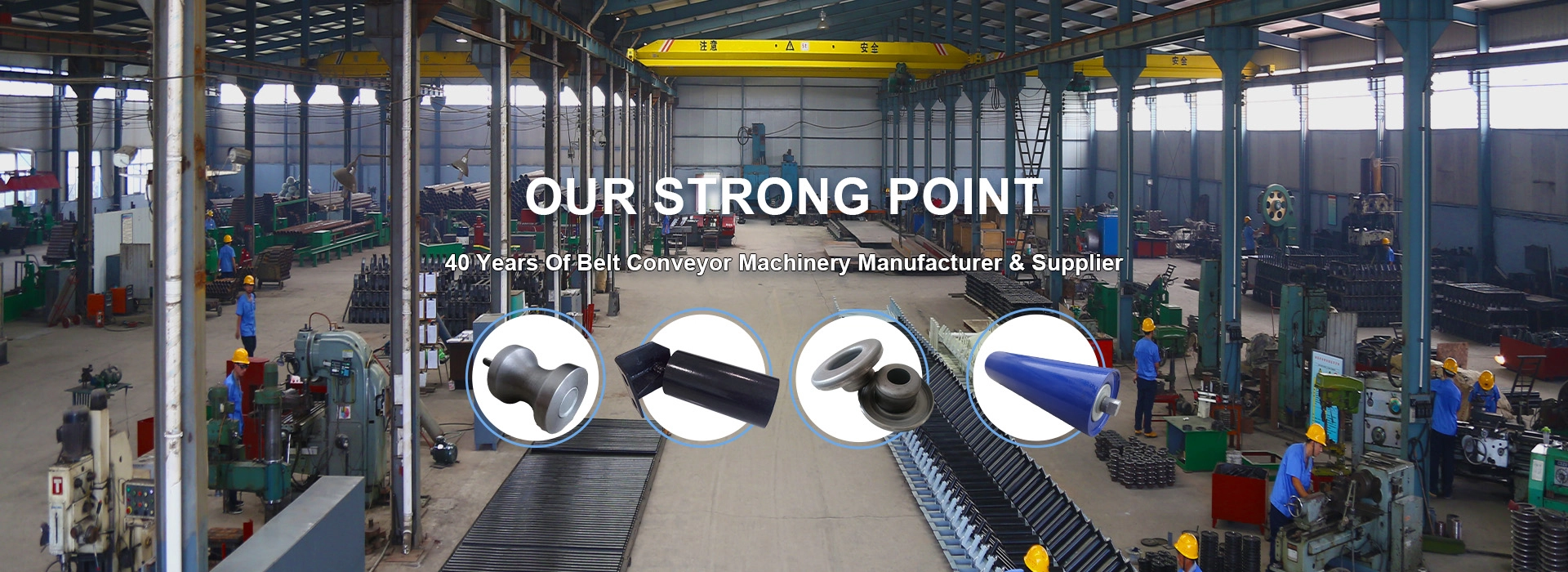 Afrikaans
Afrikaans  Albanian
Albanian  Amharic
Amharic  Arabic
Arabic  Armenian
Armenian  Azerbaijani
Azerbaijani  Basque
Basque  Belarusian
Belarusian  Bengali
Bengali  Bosnian
Bosnian  Bulgarian
Bulgarian  Catalan
Catalan  Cebuano
Cebuano  Corsican
Corsican  Croatian
Croatian  Czech
Czech  Danish
Danish  Dutch
Dutch  English
English  Esperanto
Esperanto  Estonian
Estonian  Finnish
Finnish  French
French  Frisian
Frisian  Galician
Galician  Georgian
Georgian  German
German  Greek
Greek  Gujarati
Gujarati  Haitian Creole
Haitian Creole  hausa
hausa  hawaiian
hawaiian  Hebrew
Hebrew  Hindi
Hindi  Miao
Miao  Hungarian
Hungarian  Icelandic
Icelandic  igbo
igbo  Indonesian
Indonesian  irish
irish  Italian
Italian  Japanese
Japanese  Javanese
Javanese  Kannada
Kannada  kazakh
kazakh  Khmer
Khmer  Rwandese
Rwandese  Korean
Korean  Kurdish
Kurdish  Kyrgyz
Kyrgyz  Lao
Lao  Latin
Latin  Latvian
Latvian  Lithuanian
Lithuanian  Luxembourgish
Luxembourgish  Macedonian
Macedonian  Malgashi
Malgashi  Malay
Malay  Malayalam
Malayalam  Maltese
Maltese  Maori
Maori  Marathi
Marathi  Mongolian
Mongolian  Myanmar
Myanmar  Nepali
Nepali  Norwegian
Norwegian  Norwegian
Norwegian  Occitan
Occitan  Pashto
Pashto  Persian
Persian  Polish
Polish  Portuguese
Portuguese  Punjabi
Punjabi  Romanian
Romanian  Russian
Russian  Samoan
Samoan  Scottish Gaelic
Scottish Gaelic  Serbian
Serbian  Sesotho
Sesotho  Shona
Shona  Sindhi
Sindhi  Sinhala
Sinhala  Slovak
Slovak  Slovenian
Slovenian  Somali
Somali  Spanish
Spanish  Sundanese
Sundanese  Swahili
Swahili  Swedish
Swedish  Tagalog
Tagalog  Tajik
Tajik  Tamil
Tamil  Tatar
Tatar  Telugu
Telugu  Thai
Thai  Turkish
Turkish  Turkmen
Turkmen  Ukrainian
Ukrainian  Urdu
Urdu  Uighur
Uighur  Uzbek
Uzbek  Vietnamese
Vietnamese  Welsh
Welsh  Bantu
Bantu  Yiddish
Yiddish  Yoruba
Yoruba  Zulu
Zulu belt conveyor roller
The Importance and Functionality of Belt Conveyor Rollers
Belt conveyor rollers are essential components of conveyor systems, widely used in various industries for transporting materials efficiently and effectively. These rollers play a crucial role in supporting the weight of the conveyor belt and its cargo, thereby facilitating smooth movement and reducing wear and tear on the belt itself. Understanding the functionality, types, and maintenance of belt conveyor rollers can significantly enhance operational efficiency and prolong the longevity of conveyor systems.
Functionality of Belt Conveyor Rollers
Belt conveyor rollers serve multiple functions in the conveyor system. Firstly, they provide the necessary support for the conveyor belt, helping to maintain the correct belt alignment and tension. Proper alignment is crucial as it prevents undue stress on the belt and rollers, allowing for seamless material handling operations. Additionally, the rollers enable easy movement of the belt, reducing the energy required to drive the system.
Secondly, rollers are designed to handle various loads and conditions. They are engineered to distribute weight evenly across the conveyor, which is particularly important when transporting heavy materials. Different roller designs, such as Tapered or Heavy-duty rollers, can accommodate specific applications and load requirements, making them versatile in various industrial settings.
Types of Belt Conveyor Rollers
Belt conveyor rollers come in a variety of types, tailored to meet diverse industry needs. The most common types include
1. Idler Rollers These are support rollers positioned along the conveyor to carry the belt and materials. They are typically found in sections where the belt is not loaded and are crucial for maintaining tension.
2. Return Rollers Situated underneath the conveyor system, return rollers help guide the belt back to its starting point after the materials have been discharged. They also support the weight of the empty belt.
belt conveyor roller

3. Drive Rollers These rollers are essential for the movement of the conveyor belt. They are driven by motors and are responsible for powering the entire conveyor system.
4. Guide Rollers Positioned at the edges of the conveyor, guide rollers assist in keeping the belt aligned and prevent it from drifting off course, ensuring efficient operation.
Maintenance of Belt Conveyor Rollers
Proper maintenance of belt conveyor rollers is essential to ensure the longevity and efficiency of conveyor systems. Regular inspection of rollers can help identify wear and tear, rust, and misalignment. Key maintenance practices include
- Lubrication Regularly lubricating the bearings of the rollers can reduce friction and wear, allowing them to function smoothly. Proper lubrication also prevents overheating, which can lead to roller failure.
- Alignment Checks Periodic checks for alignment can help prevent drift and uneven wear. Misaligned rollers can cause significant damage to the belt and reduce operational efficiency.
- Replacement Outdated or damaged rollers should be replaced promptly to avoid operational disruptions. Utilizing high-quality rollers can prevent frequent breakdowns and enhance performance.
In conclusion, belt conveyor rollers are vital for the efficient operation of conveyor systems across various industries. Understanding their functionality, types, and maintenance practices can optimize material handling processes and maximize productivity. By investing in quality rollers and adhering to regular maintenance protocols, companies can ensure that their conveyor systems operate at peak efficiency, ultimately contributing to smoother operations and reduced costs.
-
Revolutionizing Conveyor Reliability with Advanced Rubber Lagging PulleysNewsJul.22,2025
-
Powering Precision and Durability with Expert Manufacturers of Conveyor ComponentsNewsJul.22,2025
-
Optimizing Conveyor Systems with Advanced Conveyor AccessoriesNewsJul.22,2025
-
Maximize Conveyor Efficiency with Quality Conveyor Idler PulleysNewsJul.22,2025
-
Future-Proof Your Conveyor System with High-Performance Polyurethane RollerNewsJul.22,2025
-
Driving Efficiency Forward with Quality Idlers and RollersNewsJul.22,2025





























